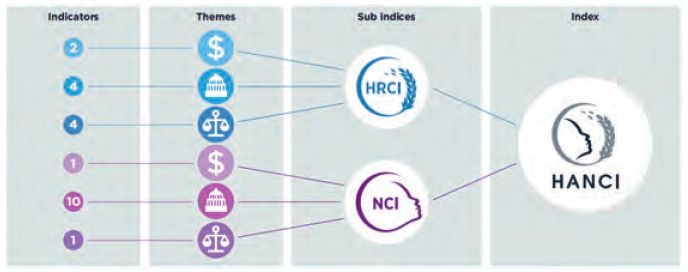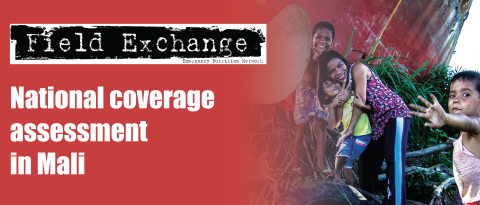Hunger And Nutrition Commitment Index (HANCI)
The Hunger And Nutrition Commitment Index (HANCI) is a project of the Institute of Development Studies’ (IDS) with funding from Irish Aid, UKAid and Children’s Investment Fund Foundation (CIFF). The project produces an annual index1 (now in its second year) that ranks governments on their political commitment to tackling hunger and undernutrition2. It works with partners in five countries (Bangladesh, Malawi, Nepal, Tanzania and Zambia) to analyse government action on hunger and undernutrition in more detail and to support advocacy.
Hunger and undernutrition are amongst the most persistent global development challenges.. Reasons for insufficient progress in reducing hunger and undernutrition include lack of political will or political prioritisation. Strong and high level political commitment is essential to prioritise the fight against hunger and undernutrition.
The HANCI comprises two sub-indices: the Hunger Reduction Commitment Index (HRCI) Scores and the Nutrition Commitment Index (NCI) Scores. The Indicators comprise a Developing Country Index and a Donor Country Index. There is not a strong correlation between the country ranks of NCI and HRCI (i.e. commitment to hunger and nutrition are not the same thing).
Developing Country Index
HANCI compares and ranks the performance of 45 developing countries based on 22 indicators of political commitment. The indicators are split between indicators of commitment to hunger reduction (10 indicators) and indicators relating to commitment to addressing undernutrition (12 indicators) and both are grouped under three themes:
- Laws (legal frameworks, e.g. the level of constitutional protection of the right to food)
- Policies (government programmes and policies, e.g. the extent to which nutrition features in national development policies/strategies)
- Spending (public expenditures, e.g. the percentage of government budgets spent on agriculture)
Donor Country Index
The HANCI project also produces an index to determine overall political commitment of donor countries to tackling hunger and undernutrition. This considers factors such as the amount of aid given for agriculture, food security and nutrition, and policies and treaties that could impact on hunger and nutrition levels in poor countries. The donor country indicators are applied to 23 OECD member countries that are compared based on 14 indicators. These indicators are split between indicators of commitment to hunger reduction (9 indicators) and indicators relating to commitment to addressing undernutrition (5 indicators). These are grouped in two ways: 1) policies, programmes and legal frameworks and 2) public expenditures.

For more information, including the 2013 report and latest news, visit: http://www.hancindex.org/?
1 http://www.hancindex.org/the-index/
2 Hunger is the result of an empty stomach; it makes people more susceptible to disease and thus leads to increased illness and death. Undernutrition is related to, though subtly different from, hunger. Undernutrition results from both a critical lack of nutrients in people’s diets and a weakened immune system. Undernutrition is not only a consequence of hunger, but can also exist in the absence of hunger, and can be caused by non-food factors


